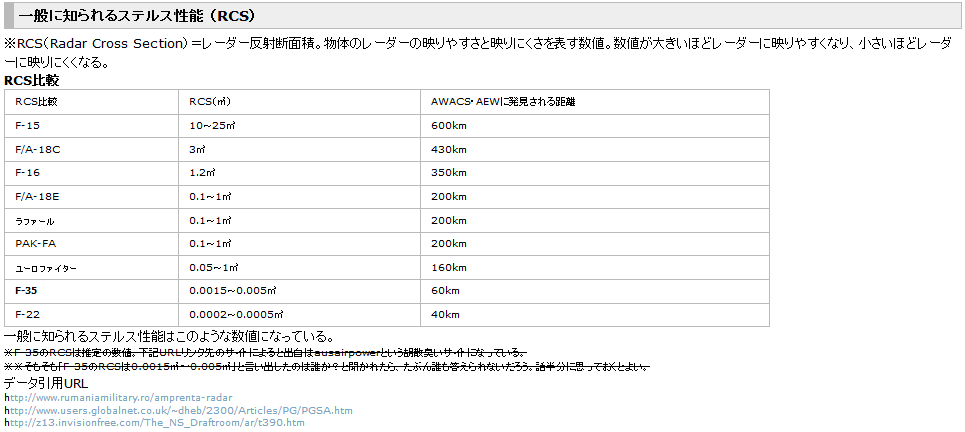This is good news.
- - - - -
It looks like members are imagining UK versus Argentina showdown PART II as well.
Even if WE consider a Fleet of the very best of JF-17 configuration (or numerous 4th generation types) taking cues from an AEW&C, it stands no chance against a Fleet of F-35B in aerial clashes. F-35B will frustrate sensor systems of an AEW&C, let alone any JF-17 configuration (or numerous 4th generation types).
Detection possibilities offered by a powerful AEW&C platform for reference:
The maximum is 60 KM (vs. F-35 variants) in ideal conditions. F-35B will introduce top-of-the-line EW capabilities in the environment instead. You see where this is going?
Modern British Carrier Strike Group (CSG) is on another level of warfighting capability in comparison to what it used to be back in times of the Falklands War.
Design of the British Type 45 destroyer is informed by lessons drawn from the Falklands War with automated functions and a new generation of munitions guided by Sea Viper Missile System.
HMS Duncan will join HMS Montrose in the Gulf region as Iran threatens to disrupt shipping.

www.forces.net
The Aster 30 SAMP/T (sol-air moyenne portée terrestre or surface-to-air medium range / land) is a land-based air defence system…

www.army-technology.com
ASTER-30 will be sufficient to neutralize supersonic threats and even TBMs.
Argentina cannot do much now.













